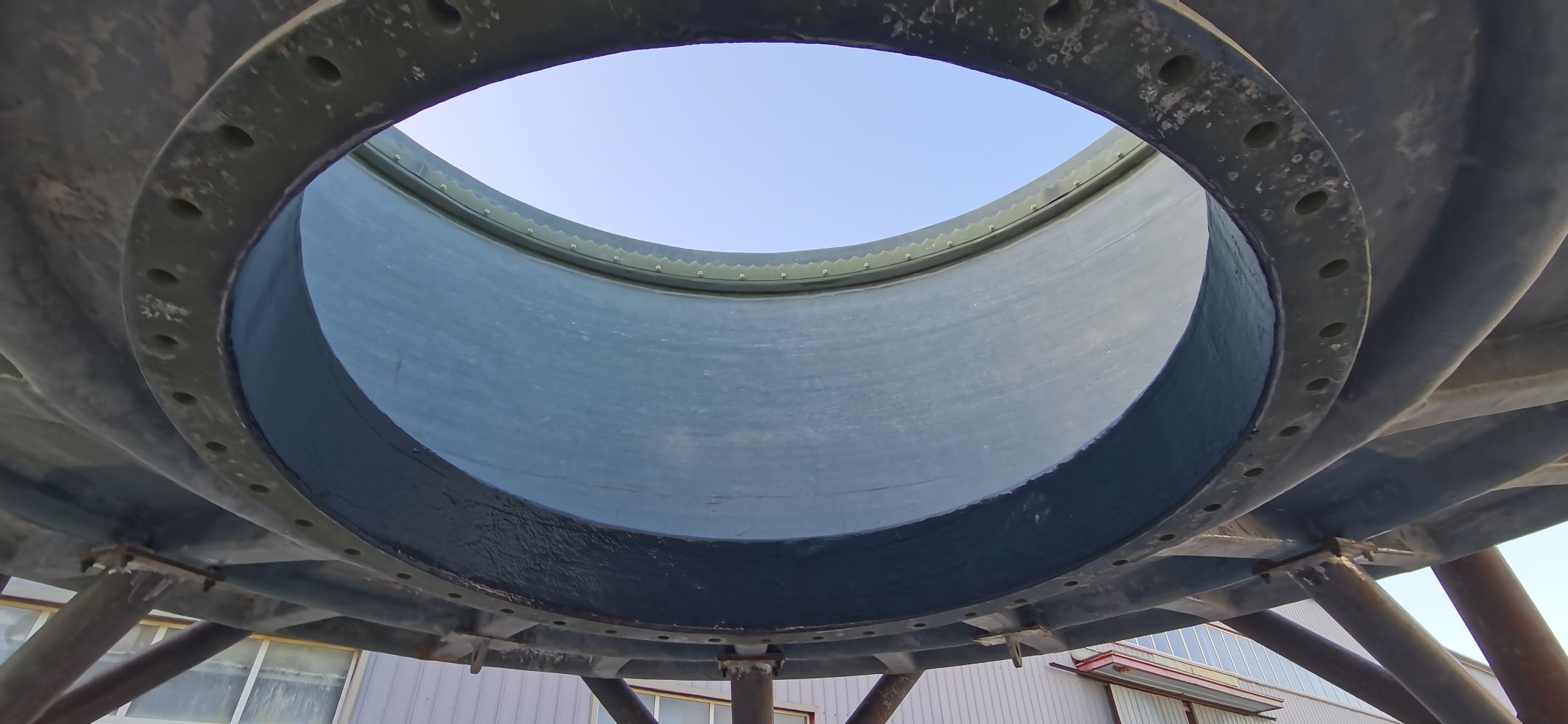
-
 Afrikaans
Afrikaans -
 Albanian
Albanian -
 Amharic
Amharic -
 Arabic
Arabic -
 Armenian
Armenian -
 Azerbaijani
Azerbaijani -
 Basque
Basque -
 Belarusian
Belarusian -
 Bengali
Bengali -
 Bosnian
Bosnian -
 Bulgarian
Bulgarian -
 Catalan
Catalan -
 Cebuano
Cebuano -
 China
China -
 China (Taiwan)
China (Taiwan) -
 Corsican
Corsican -
 Croatian
Croatian -
 Czech
Czech -
 Danish
Danish -
 Dutch
Dutch -
 English
English -
 Esperanto
Esperanto -
 Estonian
Estonian -
 Finnish
Finnish -
 French
French -
 Frisian
Frisian -
 Galician
Galician -
 Georgian
Georgian -
 German
German -
 Greek
Greek -
 Gujarati
Gujarati -
 Haitian Creole
Haitian Creole -
 hausa
hausa -
 hawaiian
hawaiian -
 Hebrew
Hebrew -
 Hindi
Hindi -
 Miao
Miao -
 Hungarian
Hungarian -
 Icelandic
Icelandic -
 igbo
igbo -
 Indonesian
Indonesian -
 irish
irish -
 Italian
Italian -
 Japanese
Japanese -
 Javanese
Javanese -
 Kannada
Kannada -
 kazakh
kazakh -
 Khmer
Khmer -
 Rwandese
Rwandese -
 Korean
Korean -
 Kurdish
Kurdish -
 Kyrgyz
Kyrgyz -
 Lao
Lao -
 Latin
Latin -
 Latvian
Latvian -
 Lithuanian
Lithuanian -
 Luxembourgish
Luxembourgish -
 Macedonian
Macedonian -
 Malgashi
Malgashi -
 Malay
Malay -
 Malayalam
Malayalam -
 Maltese
Maltese -
 Maori
Maori -
 Marathi
Marathi -
 Mongolian
Mongolian -
 Myanmar
Myanmar -
 Nepali
Nepali -
 Norwegian
Norwegian -
 Norwegian
Norwegian -
 Occitan
Occitan -
 Pashto
Pashto -
 Persian
Persian -
 Polish
Polish -
 Portuguese
Portuguese -
 Punjabi
Punjabi -
 Romanian
Romanian -
 Russian
Russian -
 Samoan
Samoan -
 Scottish Gaelic
Scottish Gaelic -
 Serbian
Serbian -
 Sesotho
Sesotho -
 Shona
Shona -
 Sindhi
Sindhi -
 Sinhala
Sinhala -
 Slovak
Slovak -
 Slovenian
Slovenian -
 Somali
Somali -
 Spanish
Spanish -
 Sundanese
Sundanese -
 Swahili
Swahili -
 Swedish
Swedish -
 Tagalog
Tagalog -
 Tajik
Tajik -
 Tamil
Tamil -
 Tatar
Tatar -
 Telugu
Telugu -
 Thai
Thai -
 Turkish
Turkish -
 Turkmen
Turkmen -
 Ukrainian
Ukrainian -
 Urdu
Urdu -
 Uighur
Uighur -
 Uzbek
Uzbek -
 Vietnamese
Vietnamese -
 Welsh
Welsh -
 Bantu
Bantu -
 Yiddish
Yiddish -
 Yoruba
Yoruba -
 Zulu
Zulu
drilling rod spirals down into the earth.
The Journey of the Drilling Rod Spiraling Down into the Earth
In the quest for understanding our planet, the utilization of drilling rods has become an indispensable tool in geology, resource exploration, and environmental studies. The process begins with the robust construction of drilling rods, designed to withstand immense pressure and traverse various geological formations. As these rods spiral down into the Earth, they unveil secrets that have remained hidden for millennia.
Drilling rods are typically made of high-strength steel, providing the necessary durability to penetrate through layers of soil, rock, and sometimes, even tougher geological materials. The design of these rods allows them to rotate, creating a spiral effect that facilitates their descent. This spiraling motion is crucial; it not only helps to displace material away from the drill bit but also enhances the efficiency of the drilling process. By maintaining a steady rotation, the drilling rod effectively breaks apart the substratum, allowing it to reach greater depths than if it were simply pushed downward.
As the drilling rod descends, it encounters various layers of the Earth’s crust—each with its unique characteristics. From soft sedimentary layers rich in fossils to hard igneous formations, the materials yield valuable information about the geological history of the area. Scientists and geologists deploy drilling techniques designed to collect core samples at different depths. These samples provide insights into the composition, age, and structure of the Earth’s subsurface, enhancing our understanding of tectonic movements, mineral deposits, and even past climate conditions.
drilling rod spirals down into the earth.

Moreover, the data gathered from drilling operations is also crucial for resource exploration. The search for oil, natural gas, and minerals often relies on the information extracted from these drilling endeavors. By analyzing the core samples, experts can identify the presence of hydrocarbons or valuable minerals, guiding future extraction efforts. The spiraling journey of drilling rods, therefore, not only aids in scientific discovery but also plays a pivotal role in the economy and development of regions rich in natural resources.
However, the journey of the drilling rod is not without its challenges. As it spirals deeper, the environment grows increasingly complex and variable. High temperatures, pressure changes, and the potential for encountering hazardous materials pose significant risks to drilling operations. Advanced technology, including real-time monitoring systems, has been developed to mitigate these risks, ensuring that the drilling process remains safe and efficient.
Environmental concerns also accompany drilling activities, particularly in sensitive ecosystems. The disruption of soil and potential contamination of groundwater resources are critical issues that need to be addressed. Sustainable drilling practices and stringent regulations are essential to minimize the ecological footprint of these operations.
In conclusion, the journey of a drilling rod spiraling down into the Earth is a remarkable interplay between engineering and geology. It embodies human curiosity and the relentless pursuit of knowledge about our planet's inner workings. As technology advances and our understanding deepens, the future of drilling will likely unveil even more profound insights into the Earth, its resources, and the history embedded within its layers. Each spiral down offers not just a glimpse into the depths of the Earth, but also an opportunity to preserve and protect the delicate balance of the ecosystems we inhabit.









